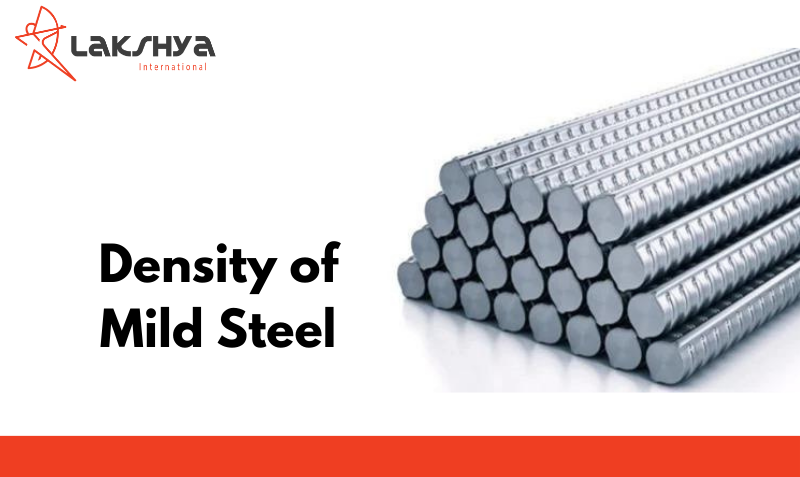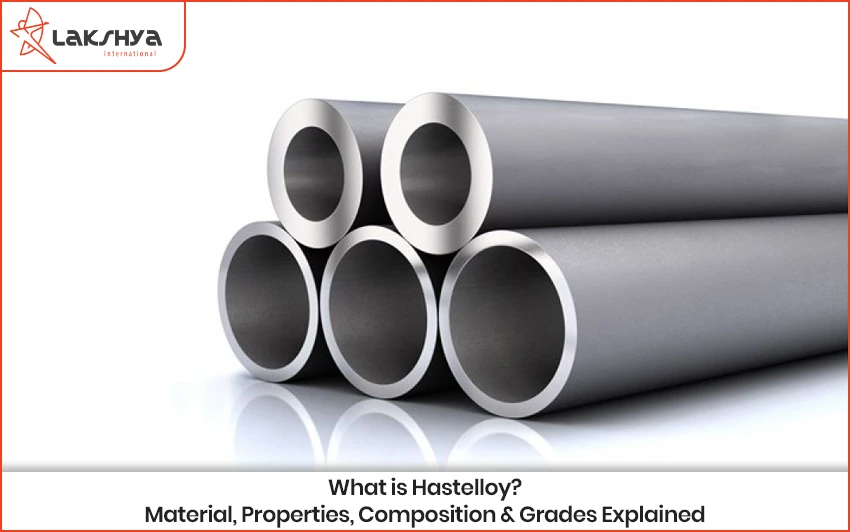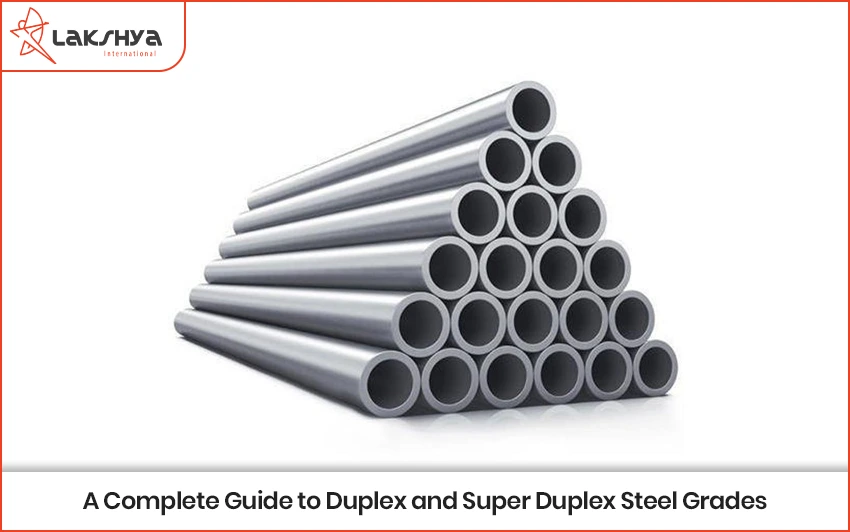Mild steel, often known as low-carbon steel, is one of the world’s most versatile and commonly used steels. Its malleability, weldability, and machinability make it a go-to material for countless applications, from the towering skyscrapers of the construction industry to the sleek automobiles we drive daily. Even our fences, signs, and countless other everyday objects often owe their existence to this remarkable metal.
What is Mild Steel?
Mild steel, also known as low carbon steel, is an iron alloy primarily alloyed with carbon. It stands out as one of the most extensively utilized types of steel, finding applications across various general-purpose uses. The popularity of mild steel can be attributed to its cost-effectiveness, coupled with its satisfactory strength, exceptional machinability, and weldability.
Mild steel’s appeal lies in its ability to offer adequate strength at a relatively low cost. Its machinability and weldability further enhance its versatility for a wide range of applications. Different grades of mild steel feature varying carbon content, and higher carbon concentrations result in increased strength at the expense of ductility. Additionally, some grades may incorporate supplementary alloying elements to enhance specific properties such as tensile strength, corrosion resistance, and wear resistance.
Density of Mild Steel in kg/m3, g/cm3, lb/in3
The density of mild steel is 7.85 g/cm³ or 7860 kg/m3 (0.284 lb/in3), and this consistency can be attributed to its composition. Mild steel boasts over 98% iron, with the remaining fraction consisting of trace elements like carbon, manganese, and silicon. Since iron itself possesses a mass density of mild steel 7.87 g/cm³, it heavily influences the overall density of ms steel. Alloys categorized as mild steel, which incorporate minor amounts of alloying elements alongside iron, may exhibit slightly varied densities.
What is the Composition of Mild Steel?
MS steel, a staple in the construction and engineering worlds, boasts a composition defined by its iron (Fe) base and minimal carbon content. This low-carbon characteristic, typically below 0.2% as recognized by ASM International, differentiates it from other steel types. However, within the realm of mild steel, various grades exist, each distinguished by its specific carbon percentage.
But carbon isn’t the only element influencing the properties of mild steel. Manganese (Mn) also plays a crucial role, contributing to its strength and weldability.
This revised text incorporates keywords like “iron alloy,” “low-carbon,” “carbon content,” “grades,” “manganese,” “strength,” and “weldability,” making it more discoverable and informative for those seeking information about mild steel composition.
What Are the Different Grades of Mild Steel?
Numerous grades of mild steel exist, and they can be categorized according to the AISI (American Iron and Steel Institute) numbering system. All mild steels in this classification system will commence with the digits “10,” indicating their low carbon content. In the AISI system, low-carbon steel, including mild steel, is characterized by having the final two digits of the designation as any number less than 20 (approximately the carbon content multiplied by 100). The majority of mild steel features low (<1%) levels of phosphorus and sulfur, with active limitations on these elements due to their classification as impurities.
| Classification | Approximate Equivalents | Key Points |
| AISI 1008 | DIN 1.0204 | Excellent cold formability |
| AISI 1010 | DIN 1.0301 | Low strength, used for magnet cores |
| AISI 1015 | DIN 1.0401 | Wear-resistant, good machinability |
| AISI 1018 | DIN 1.0419 | Excellent for carburizing applications, good machinability |
| AISI 1020 | DIN 1.0044 | A good balance of strength and ductility, |
Mild Steel Grades Applications
Mild steel, a versatile material, finds widespread use across various industries. Its applications encompass car bodies, furniture, wire, rebar, and fasteners. In addition, mild steel with enhanced strength is employed in the construction of structures and the plating of storage tanks.
The Carbon Content in Mild Steel
Mild steel contains less than 0.2% carbon by weight. As per the American Iron and Steel Institute (AISI), mild steel falls under the category of low-carbon steel.
Mild Steel Properties
| Type of Mild Steel | Modulus of Elasticity (GPa) | Brinell Hardness | Ultimate Tensile Strength (MPa) | Yield Strength (MPa) | Elongation at Break (%) | Steel Density kg/m3 |
| AISI 1008 | 200 | 95 | 340 | 285 | 20 | 7.87 |
| AISI 1010 | 205 | 105 | 365 | 305 | 20 | 7.87 |
| AISI 1015 | 205 | 111 | 385 | 325 | 18 | 7.87 |
| AISI 1018 | 205 | 126 | 440 | 370 | 15 | 7.87 |
| AISI 1020 | 186 | 121 | 420 | 350 | 15 | 7.87 |
| S275 J0 | 205 | 121 | 430 – 580 | 275 | 21 | 7.85 |
| S355 J0 | 210 | 146 | 510 – 680 | 355 | 20 | 7.80 |
Mild Steel Chemical Composition
| Classification | Carbon Content (% Weight) | Secondary Alloying Elements (% Weight) |
| AISI 1008 | <0.1 | 0.3 to 0.5 Mn; 0.04 P; 0.05 S |
| AISI 1010 | 0.08 to 0.13 | 0.3 to 0.6 Mn; 0.04 P; 0.05 S |
| AISI 1015 | 0.13 to 0.18 | 0.3 to 0.6 Mn; 0.04 P; 0.05 S |
| AISI 1018 | 0.14 to 0.2 | 0.6 to 0.9 Mn; 0.04 P; 0.05 S |
| AISI 1020 | 0.17 to 0.23 | 0.3 to 0.6 Mn; 0.04 P; 0.05 S |
| S275 | 0.18 | 1.5 Mn; 0.030 P; 0.030 S; 0.012 N; 0.55 Cu |
| S355 | 0.2 | 1.6 Mn; 0.030 P; 0.030 S; 0.012 N; 0.55 Cu |
What Is the Toughness of MS Steel?
MS steel, characterized by its combination of ductility and strength, is an exceptionally tough material. The toughness of mild steel varies based on its type and classification. Toughness refers to the capacity of a material to absorb energy without undergoing fracture. This property is quantified by calculating the area beneath the stress-strain curve of the material up to the point of fracture. The Charpy impact strength is a commonly used mechanical property to assess a material’s toughness. For instance, the Charpy impact strength of 1020 mild steel is measured at 24 J at 10 °C.
Which Mild Steel Grade is the Strongest?
Among mild steel grades, 1020 stands out as the strongest. It’s important to note that this particular grade of mild steel also boasts the highest carbon content, providing strength at the expense of ductility.
What is Mild Steel’s High Melting Point?
The melting point of mild steel, where it transitions into a fully liquid state, ranges between 1450 and 1530 °C. This temperature variation is influenced by the carbon and alloy content specific to each grade of steel.
Is Mild Steel Suitable for Welding?
Indeed, mild steel is well-suited for welding. Grades enriched with silicon and manganese exhibit enhanced weldability. The ease of welding is a key factor contributing to the widespread use of mild steel, allowing for on-site welding using a basic stick welding machine (Shielded Metal Arc Welding) with ER70S-3 & ER70S-6 rods.
Recent Blog:
Density of Carbon Steel: Carbon steel, the backbone of the manufacturing industry, is an iron and carbon alloy. This blog will go into the world of Carbon Steel Density, Weight, Physical, Mechanical, and other related topics.




